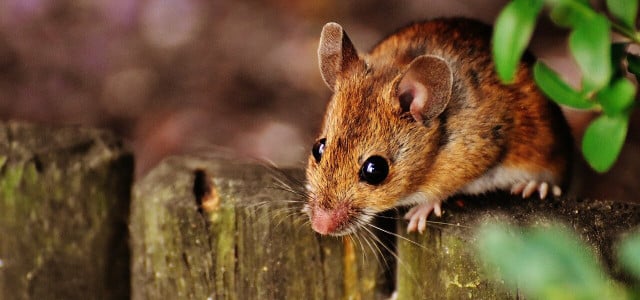Wondering how to catch a mouse without a trap, save its life, and relocate it to a place where it won’t return? Here are 2 step-by-step methods you can use.
Mice don’t differ from ourselves in our love of finding shelter from the cold. As summer wanes, it becomes more likely that mice may be attracted to the warmth and comfort of your own home. Kill traps are harsh devices that cause pain and suffering and are utterly unnecessary once you learn how to catch a mouse without a trap, using humane methods for compassionate removal. Some traps and poisons are also very toxic for humans too, so let’s just avoid harm overall.
Mice are complex and intelligent beings and are curious, explorative, and quick learners. They also form attachments and are very social. They are also remarkably clean and groom themselves regularly. This is enough reason to avoid causing them harm of course, but maybe not enough to wish to share our homes with the little creatures.
Anyone who has seen Tom and Jerry knows that mice can fit through very small holes, and are pretty good at evading predators, so we need to be thoughtful, and maybe a little crafty when it comes to guiding them out of our homes.
After our suggested methods of how to catch a mouse without a trap, we also provide some tips for prevention in the first instance. A combination of both should ensure a mouse-free living space.
How to Catch a Mouse Without a Trap: Oil and Sauce
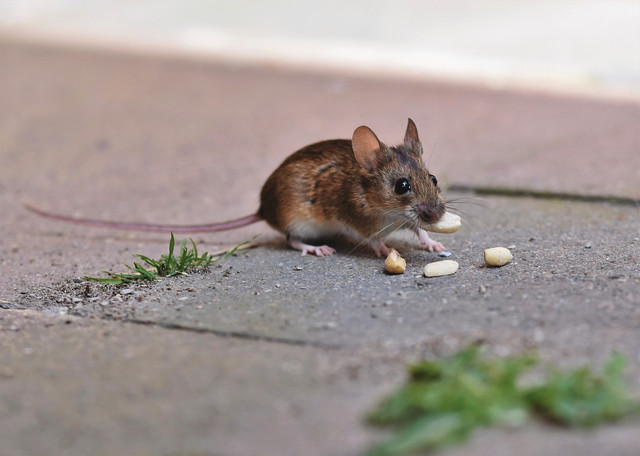
(Foto: CC0 / Pixabay / Ralphs_Fotos)
Mice have a great sense of smell, far exceeding ours. You can experiment with strong-smelling natural products, but there are a few go-to’s that will do the job quickly and efficiently.
Peppermint oil is a common repellant for mice, as the smell is very irritating for them.
- Swab the oil (use a cotton ball or similar) in the area the mice are occupying.
- Swab the possible areas of entry and exit.
- Hang or place the infused cotton balls around the area, but don’t block exit points.
Another surefire way of coaxing mice out is with tabasco, cayenne pepper, or other hot sauce. These spices produce a burn sensation when inhaled, just as they do for humans, so the mouse’s sensitive nose will dislike this very much.
- Use the cotton ball method, just as you do for the peppermint oil method.
- Alternatively add to a water spray.
- Infuse the areas where the mice are moving or nesting.
Pretend You Have a Cat
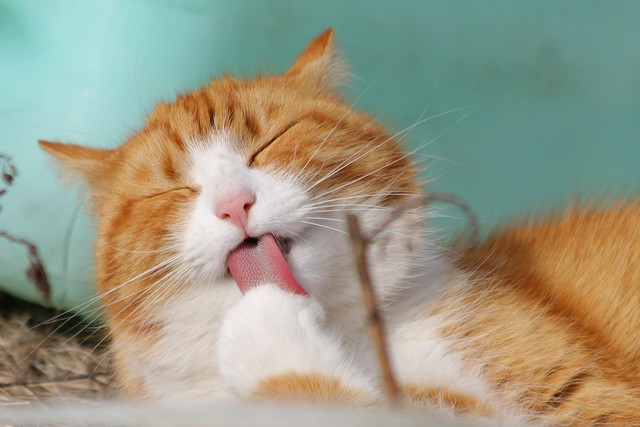


(Foto: CC0 / Pixabay / TeamK)
It may sound obvious, knowing that cats chase mice, but people without a cat may not think of this nifty trick, which is well worth a try to move your mice onwards.
Mice simply don’t like the scent of cats. This tells them a predator is near. Thus, placing some used cat litter near where your mice are lurking, may be a great tactic to remove them.
- Coax one of your friends with cats, to let you have some used litter (pee is a very strong scent to many animals).
- Place it nearby in shallow containers without lids, ideally near entrance points.
If you do actually have a cat, this in itself should provide all the deterrent you need. It is unlikely mice will stay for long in a house with curious felines, never mind their scent.
Although this article is about how to catch a mouse without a trap, it may be that a trap is the only way, in which case, you can opt for a live trap. Read on also for where to relocate a captured mouse.
How to Catch a Mouse With a Live Trap
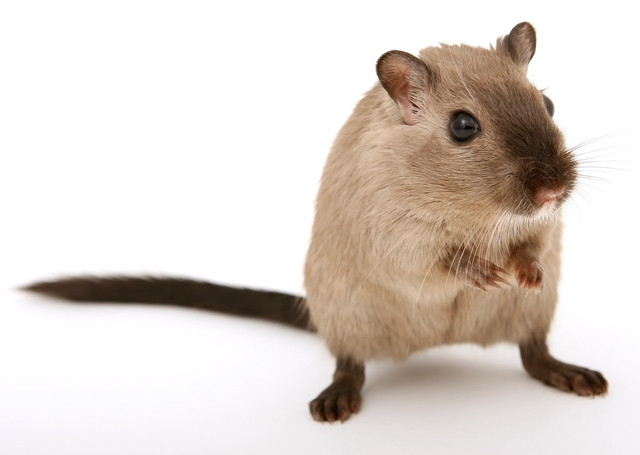


(Foto: CC0 / Pixabay / Shutterbug75)
Live traps can be purchased, but they must be checked every hour, or a mouse may die from stress, or dehydration very quickly. A better suggestion, and less use of money and often plastic, is to use a small container without a lid, just one big enough that the mouse won’t climb out, but not one so big that it may come to harm via a big fall (so don’t use a bucket for instance).
- Build some steps using small items like books.
- Place the shallow container next to the steps.
- Balance a little enticement, such as peanut butter at the top of the steps so that the mouse takes the food and ends up in the container.
- Check regularly, as above, and if the mouse is there, have your re-homing plan in place.
Relocating Mice After Humane Capture



(Foto: CC0 / Pixabay / Picography)
As mentioned, mice are clever animals and have a good sense of direction. Relocate your mouse friends at least two miles away from your home, in a safe area, such as woodland or fields.
You should ideally relocate your mouse at night, as they are mostly nocturnal. But if caught in the day, it’s better to release it in the light, as opposed to keeping it trapped, or handling it, as again this could cause a lot of stress to the animal. If you have more than one mouse, you can wait until you have a group as they are likely to survive better, as they know each other. They can be kept calmer by placing a towel over the trap if waiting on others and providing a little food.
You can also make the process of taking them somewhere that may be unfamiliar to them easier, by leaving them with some food, such as seeds or peanut butter.
Mice Prevention
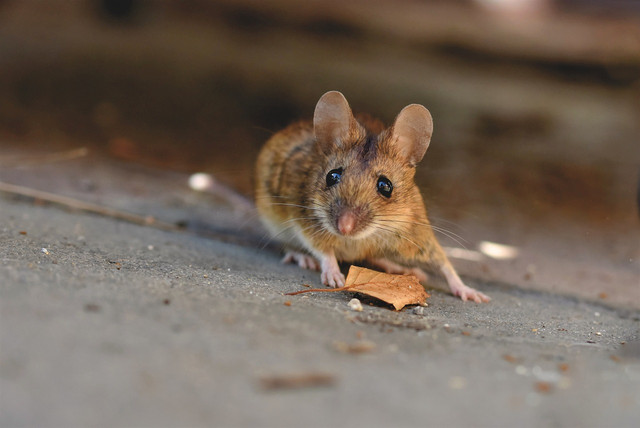


(Foto: CC0 / Pixabay / Ralphs_Fotos)
Here are a few tips to stop your house from being an attractive alternative home to mice:
- Try to keep all foods sealed. Mice will sniff out open boxes of cereals and other products.
- Don’t provide free nesting materials if you can help it. Mice make nests for their offspring and especially love shredded paper, cotton, pet hairs, insulation, and anything else like this.
- Seal entry points – remove any mice that may be there first of course.
- Get a rescue cat.
Read more:
- How to Get Rid of Spiders in Your Basement: 5 Natural Methods
- 10 Plants That Repel Insects Naturally
- Why You Shouldn’t Keep Exotic Pet Cats
Do you like this post?






